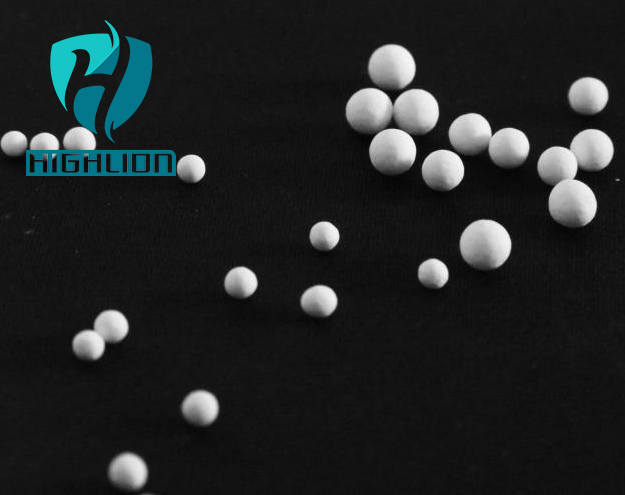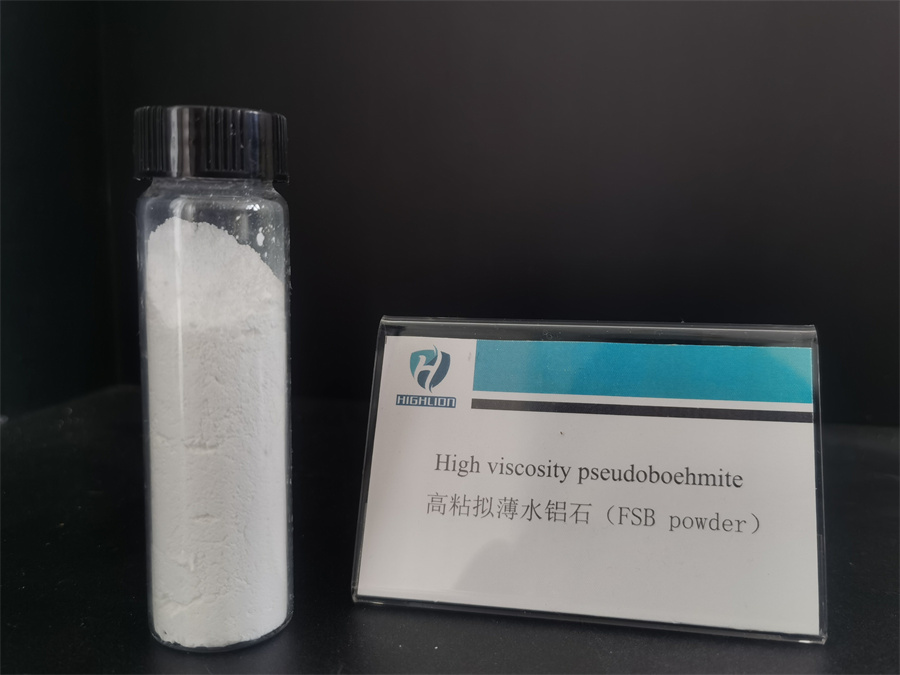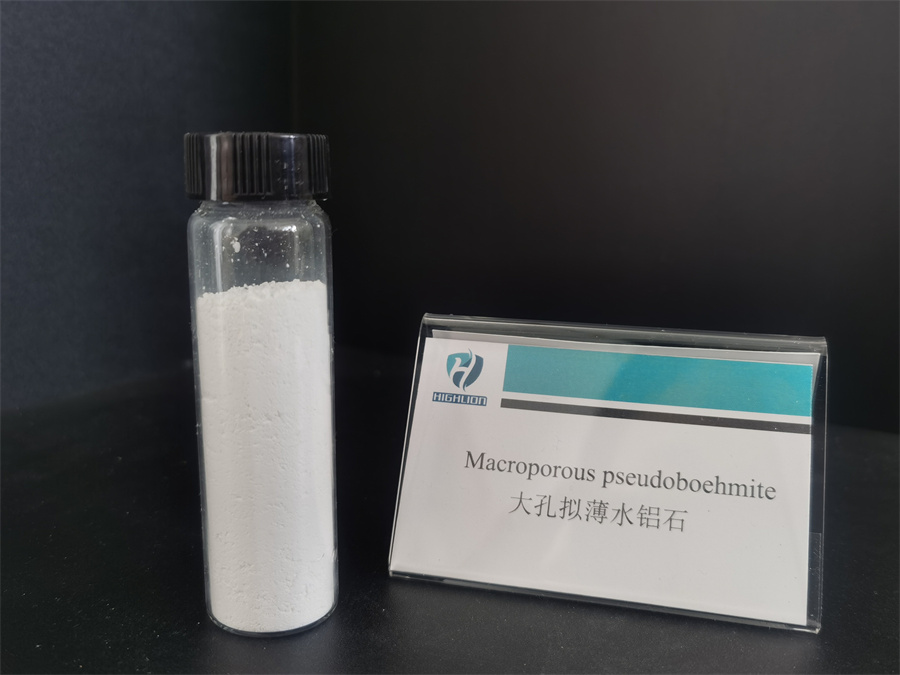γ-Alumina catalyst carrier for reforming

In reforming reactions, the choice of alumina (Al₂O₃) catalyst carrier shape depends on reaction mechanisms, mass transfer efficiency, pressure drop, and mechanical strength. Below are the commonly used carrier shapes and their applications:
Reforming Reactions
Objective: Convert naphtha into high-octane aromatics (e.g., BTX) or hydrogen, requiring metal active sites (Pt-Re/Pt-Sn).
Catalyst Characteristics: Requires high metal dispersion and stability (high temperature/pressure).
Common Carrier Shapes:
– Spherical (Spheres)
– Advantages: Low bed pressure drop, high mechanical strength, suitable for continuous catalytic reforming (e.g., UOP CCR Platforming).
– Typical Applications: Spherical γ-Al₂O₃ loaded with Pt-Re-Cl.
– Cylindrical (Extrudates)
– Advantages: Lower cost, used in semi-regenerative reforming (e.g., fixed-bed reactors).
– Applications: Small-to-medium-scale units or low-pressure processes.
Selection Rationale:
– Spherical carriers facilitate catalyst flow in continuous regeneration processes.
– Spheres exhibit better thermal stability at high temperatures, reducing wear.

